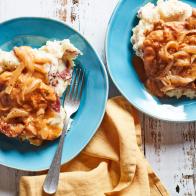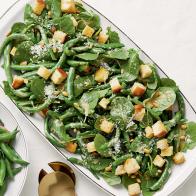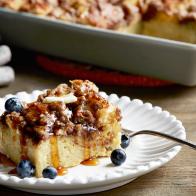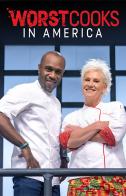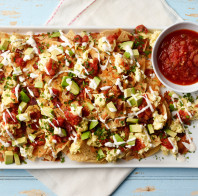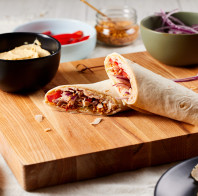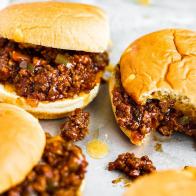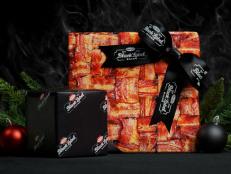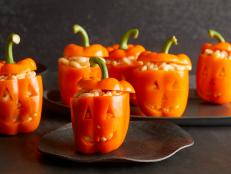3 Tips for Large Batch Baking, According to a Pastry Chef
Here’s what I learned from bringing a newly developed dessert from a test kitchen to the public.

jurden/Getty
When I got the job at the Museum of Modern Art’s cafés, I hadn’t visited the New York City museum in years. I had envisioned a single cute café with minimal production and more front-facing work. But when I started working, I quickly realized the small pastry team was in charge of all pastry production for every part of the museum – four separate cafés in total. We are responsible for the pastries in the staff café, the cookies in the garden bar, the verrines in the fast-paced Café 2 and the tarts and cakes and savory crackers in the hard-to-find terrace café on the sixth floor. All of these cafés opened one by one in my first two months on the job and turnaround has ramped up as we approach and arrive at the peak of the holiday season. My work spans from doing all preparation for Café 2, helping with Terrace café production when needed and now, to breads, dessert mise and private events production for The Modern, the museum’s fine dining restaurant. I have been entrusted with recipe development and testing across those establishments — the transitions from summer to fall and fall to the holidays have been full of changes.
The first time I developed a recipe for MoMA, our executive Pastry Chef, Daniel Skurnick, gave me a place to start – he recommended developing a new dessert that included his version of caramel apples, which he normally uses for apple tarte tatin. With his method, we ended up with beautiful caramel apple wedges that were completely translucent with a rich color, carrying the caramel flavor but not all of the sweetness.
With the caramel apple wedges as a starting point for the new recipe, I immediately thought of the spiced ciders and hot chocolates my mom loves to make when the cold weather begins to set in. This, paired with my general obsession with adding nutmeg and salt to whatever I can, meant I was well on my way to developing a spice cake to complement the caramel apples. I began my process using a simple vanilla cake. Its recipe always produces a fluffy cake that still has some body. (The cake needed to be airy and to “eat” light but still be able to hold and support the apples.) I added various spices to the recipe base and later some orange zest to brighten the dessert. After four iterations, my chefs and I were able to agree on spice levels in the cake that worked well with the caramel apples.
The final development question was how to marry all of the dessert’s textures. The caramel apples were delightfully soft, with a strong tangy bite. The cake brought a spice kick, and was moist yet airy. We needed some crunch to bring a different mouthfeel to the dish. We had walnuts in-house, so I looked to bring some flavor to an otherwise bland nut. First, we marinated the walnuts in some spices but it didn’t work as well with the cake so we saved that recipe for another dessert offered at The Modern. I wanted to add something like the candied nuts I used to get from the nuts4nuts carts around New York, every Saturday morning near Central Park. My chef gave me a recipe for candied and powdered walnuts that worked perfectly. I added a warm creme fraiche anglaise as a sauce to bring everything together and there we had it! After two weeks, we had a new recipe for the fall menu with four components.
The next step? How to scale the new dessert to feed slews of museum goers. Here’s what I learned about bringing a new recipe to the masses – and how they might come in handy the next time you find yourself cooking a holiday feast for a long table full of friends and family.
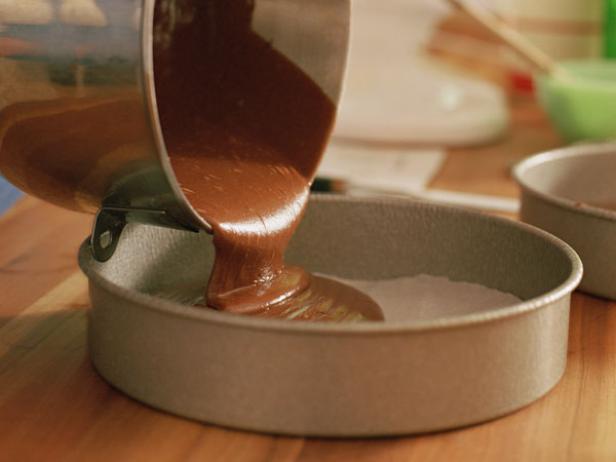
Lisa Romerein/Getty
Overlap Is Key
In a multiple-café-and-one-restaurant operation, any opportunity for overlap is time and effort saved. We prepare the caramel apples in large batches, typically an eight-kilo portion, to be used in both the new dessert’s cake as well as in a plated dessert at The Modern. The candied nuts are also used as garnish for a carrot cake verrine for another of the cafés. The anglaise and the spice cake are the only two components specific to the one dessert.
In holiday cooking or baking, look for overlap! Perhaps you can use parts of fruits for savory dishes while using the rest for desserts. For example, you can use the flesh of pomelo to brighten a meat dish or make a salad, then candy the skin and incorporate that into a dessert. This way, you can minimize waste and save time. It will also be easier to serve a meal with a common thread, and make it seem as if you’ve thoroughly thought through a holiday meal theme.
Prep in Advance as Much as You Can
While this new cake is on the menu, we have four things to keep track of. First, the walnuts: We’re able to make a large batch of the candied walnuts as they keep well when stored at room temperature (sugar is your best preservative friend, for desserts). Next, the anglaise: The sauce is also made in several quart batches and kept fresh in our walk-in refrigerator. Third, the cake: We make enough cake batter for about 20 cakes at once. Last, the caramel apples; both used for a café option and in some of the desserts for the restaurant, we work with eight-kilo batches of caramel at any given time. On average, we go through two or three whole cakes, with a slice or two per customer, per day depending on the general foot traffic in the museum. So our cake batter lasts no longer than two weeks and affords us the ability to make a full cake on the fly, if necessary. Mise en place ensures that every component is ready to go whenever you need it. We then bake cakes to ensure there are fresh ones every day, typically, the day before.
In the weeks before a holiday dinner, you can prepare mise for any number of dishes and treats you’re planning to make. You can grate ginger and freeze to add to your fruit cake. You can dice vegetables or make and roll out tart dough to store in your fridge. The mise is the difference between a hectic holiday marathon and an enjoyable day in your kitchen.
Put It All Together
With all the mise ready to go, you can wait until the day of to cook anything that is best had fresh. Put your batter into a cake pan and let it bake while you get other things prepared. With your main component handled, it becomes an impressive party trick to simply assemble your desserts with your finishing touches and garnishes.
With these tips in mind, you can elevate your get-togethers — taking them from simple eats to well-orchestrated meals with direction.
Related Content:

